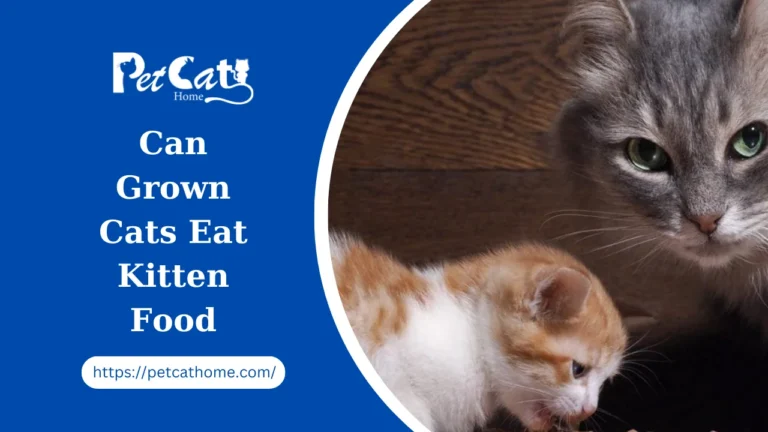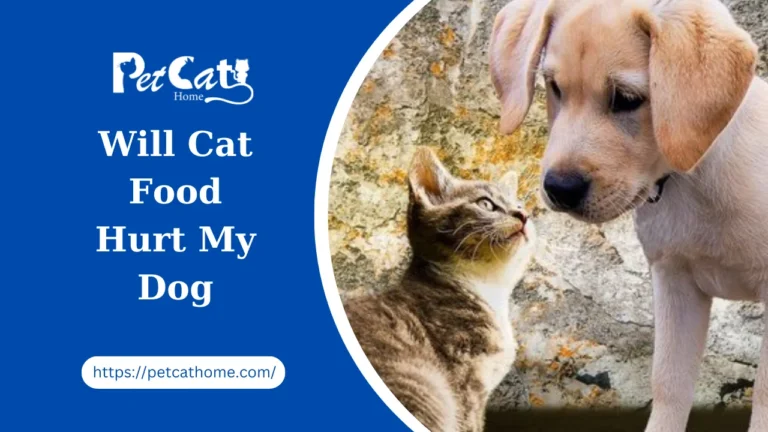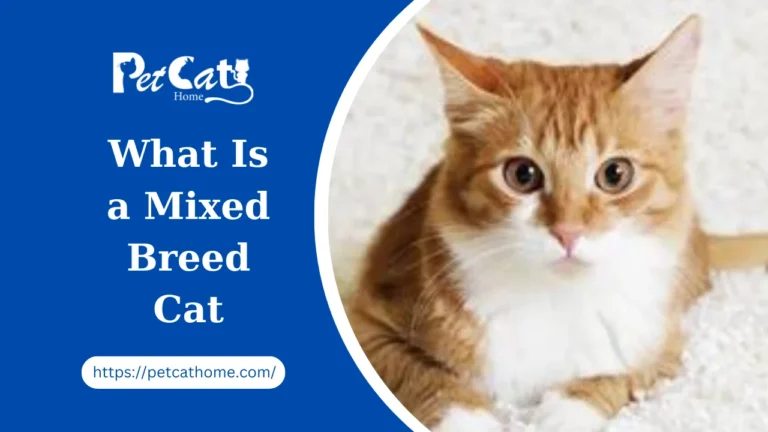Should I add water to my cats Dry Food?
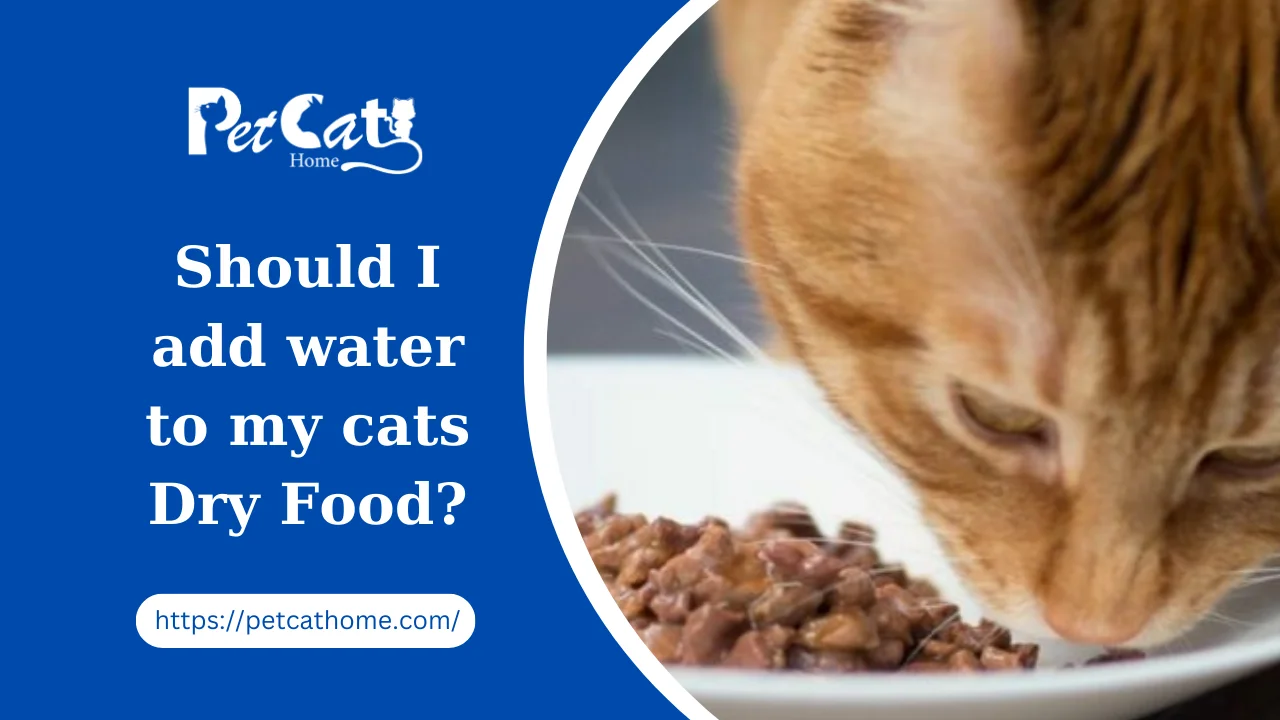
Many cat owners find that dry cat food, commonly referred to as kibble, is a practical option because of its longer shelf life and convenience of feeding. The question of whether adding water to dry cat food is necessary to maintain a cat’s optimum health and hydration is still up for dispute.
Should I Add Water to My Cats Dry Food?
Many people held the long-held belief that to “hydrate” their cats, they needed to add water to their dry food.
More recent research, however, has demonstrated that this isn’t always the case and that some cats can thrive on a diet of cats dry food.
A few cats may be an exception to this rule, but generally speaking, cats should only drink water if they are showing symptoms of dehydration, such as weakness and panting.
Importance of Hydration for Cats
Cats have a mild thirst drive by nature. Their predecessors lived in the desert and drank much of their water from their prey. As a result, domestic cats cannot drink enough water from their water dishes alone, particularly if they eat mostly dry food.
Pros and Cons of Adding Water to Cats Dry Food
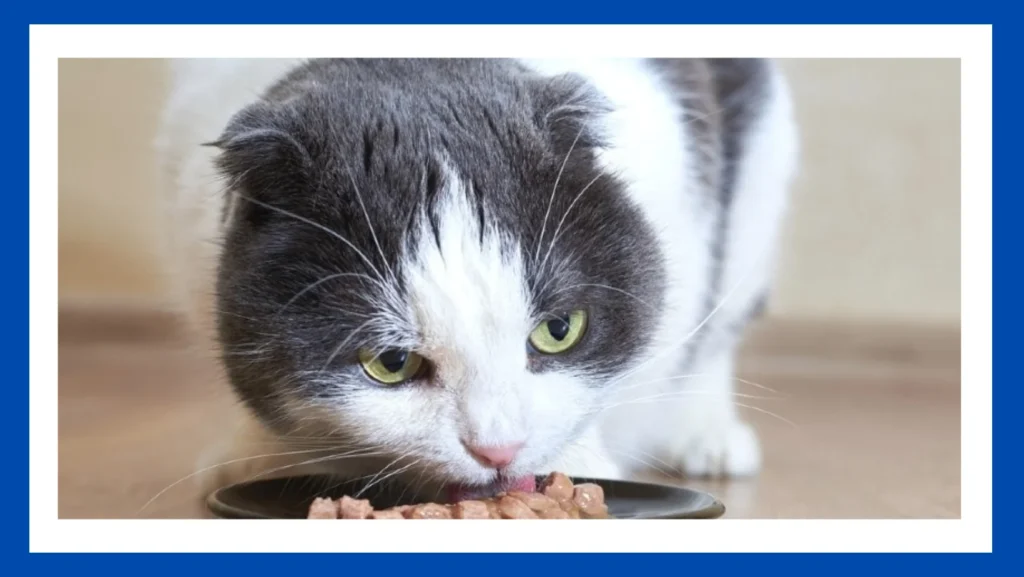
Benefits of Hydration
Water added to dry cat food has several benefits. It increases the amount of moisture that a cat consumes, which may lower their risk of urinary tract problems and improve kidney function. Cats that have a history of urinary issues or who are prone to dehydration may also benefit from it.
Possible Negative Effects
Still, there are things to think about when thinking about this technique. Certain cats may not be fond of the texture shift, which could result in picky feeding habits. Furthermore, if moistened food is not eaten right away, incorrect storage can turn it into a haven for bacteria.
How Much Water to Add
It’s important to find the ideal balance when thinking about adding water to dry cat food. Gradually increase from a small starting point while keeping an eye on your cat’s reaction. This keeps the dish from getting too soggy and preserves its appetizing consistency.
Tips for Adding Water to Dry Cat Food
Try adding a tiny bit of water and letting the food soak for a few minutes before serving to help the transition go more smoothly. This makes the kibble more appetizing for your cat by softening it without sacrificing its nutritional content.
Transitioning a Cat to Wet Food
If you’re thinking about switching from dry to wet food, it’s best to make the transition gradually. To ensure an easier transition for your cat into the new diet, mix small bits of wet food with the dry kibble.
Alternatives to Adding Water
Adding wet food to your cat’s diet or purchasing high-moisture treats are other options for adding water to their dry cat food. These substitutes can provide comparable hydration advantages without changing the dry food’s texture.
Consulting a Veterinarian
Seeking advice from a veterinarian is essential before making any major nutritional adjustments for your cat. They can offer tailored guidance depending on the particular nutritional and medical requirements of your cat.
Common Misconceptions
There are myths about how hydrated cats should be and whether or not dry food needs to be moistened. Dispelling these myths enables you to choose your cat’s diet with knowledge.
Understanding a Cat’s Water Intake
It’s crucial to keep an eye on your cat’s water intake. You may learn a lot about your cat’s general health and level of hydration by tracking how much water they consume regularly.
Signs of Dehydration in Cats
It’s critical to recognize symptoms of dehydration in cats, such as decreased skin elasticity, lethargy, or dry gums, to ensure your cat gets the care they need.
Addressing Feline Health Issues
Maintaining adequate hydration is essential for managing common feline health concerns, such as kidney and urinary tract infections. Their health results can be greatly impacted by dietary adjustments.
Choosing High-Quality Cats Dry Food
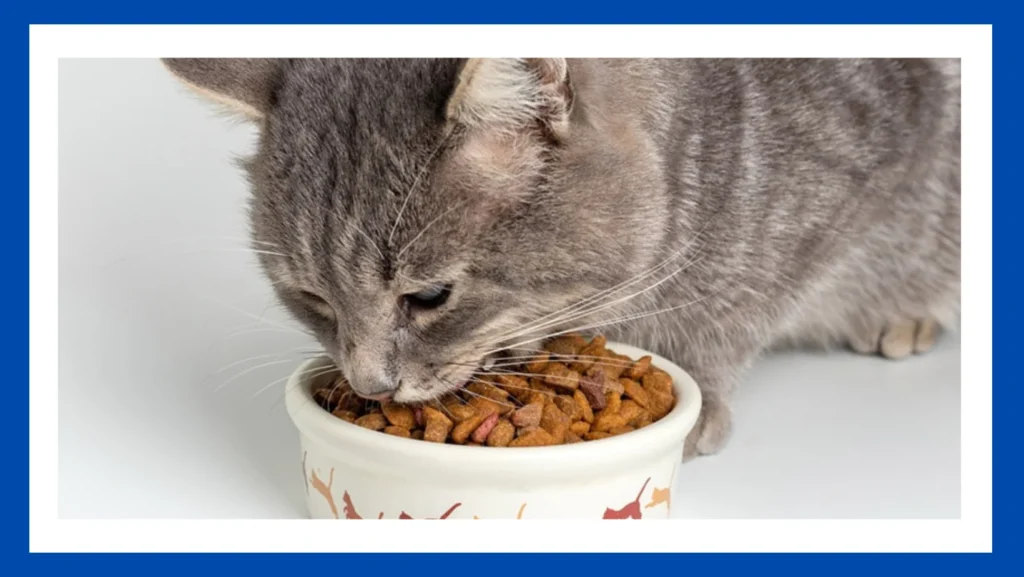
Choosing premium cat food is essential, regardless of whether it is moist or dry. Your cat’s general health must make sure it satisfies nutritional guidelines established by reliable organizations.
Give A Boost To The Daily Water Intake
One of the biggest benefits of supplementing your cat’s regular meals with wet foods.
If all your pet eats is canned food, it’s not a good idea for you or him because it can cause obesity, diabetes, and kidney failure, among other health issues.
Ezoic
Thus, avoid giving him too many cans at once!
But by boosting his fluid consumption—which helps flush the kidneys and bladder and releases waste from other organs like the stomach and liver—and increasing his water intake, you can help him stay healthy.
Additionally, your cat won’t be as likely to eat litter box contents, which could lead to bacterial infections and other major health issues.
Help In Digestion
Indigestion is a regular issue we deal with.
Ezoic
Some foods don’t get completely digested and end up building up in our bodies, which can lead to bloating, edema, or gas.
Eating easily digested-food will help us avoid this.
Raw veggies and salads can be more difficult to digest than cooked fruits, vegetables, cereals, etc.
The partially digested cells cause trouble because they prevent other components from passing through the colon, which results in indigestion, or constipation.
Stop Fast Eating
Cats are known for consuming a lot of food.
They supposedly even have a “fast food” menu!
Thankfully, there are several techniques for getting your cat to eat more slowly and healthily.
Ironically, reducing the size or frequency of your fast eater’s meals won’t always be the greatest method to urge him to slow down—though doing these actions can certainly assist.
Try the following methods as an alternative: Give the food a five-minute boil in water.
Warm food is easier to eat and tastes better than cold food.
Mix in a small amount of garlic powder or onion powder to make the food seem less appetizing.
Such strong scents terrify cats, and if they detect them in food, they will reduce their intake.
Serve him some delectable beef, chicken, or tuna jerky strips from your neighborhood grocery store to round out his meals.
He’ll want to devour his food quickly after tasting a tiny bit of this to ensure he doesn’t miss it!
Bloat Reduction
Not too cold, not too wet water should be poured into the container halfway.
The end product may have a texture, flavor, and scent that is more distinctive than your typical dried cardboard kibble.
Who can blame them if certain cats are finicky eaters and won’t eat food that is too rough, too dry, too hot, or doesn’t smell nice?
How Much Is Water Perfect To Add In Cats Dry Food?
If you’ve ever observed your cat eating something other than her typical dry kibble—like a mouse or bird, for example—you may have noticed that the meal is rather different.
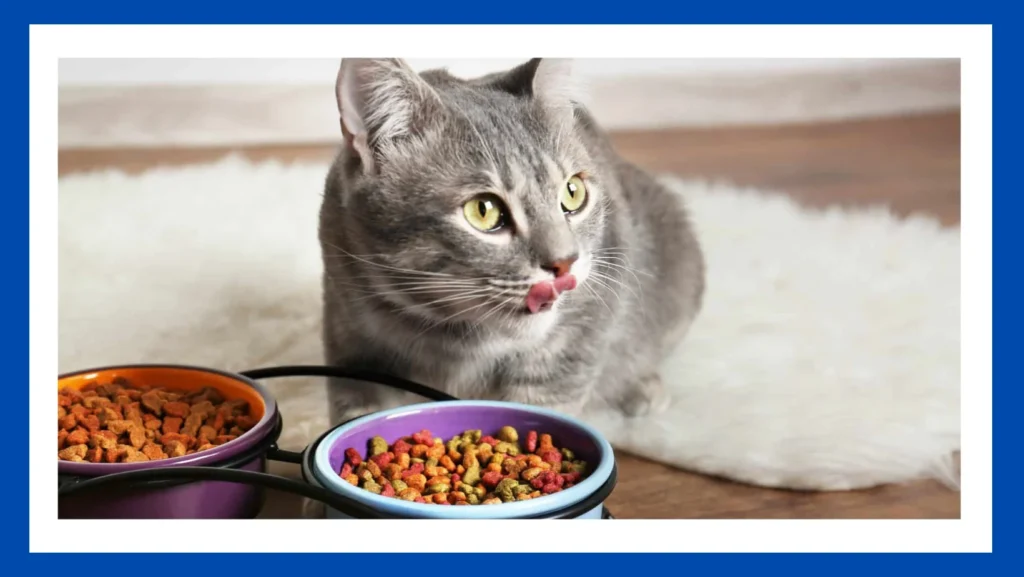
Because they are inherently carnivores, cats must consume meat to obtain all of the vital nutrients and vitamins.
Why then do we give them an artificial diet?
Ezoic
Dry food held up better than freshly killed foods during World War II when a lot of cats were used as ratters on ships (disease-carrying pests like rats can be problematic on board).
However, it turned out that this was untrue: pet foods nowadays are made to resist spoiling, even when kept at room temperature for extended periods.
This is understandable given that modern homes are often significantly warmer than those built before the war (the majority of homeowners maintain year-round temperatures between seventy and eighty degrees).
It makes less sense, though, if your cat is a hunter or if she has access to the outdoors where she could hunt animals on her own.
Although dry food is meant to be more handy than fresh food, it is also typically less nutrient-dense—cats only require six ounces of dry food per day, as cats dry food is significantly denser and has fewer calories than canned or raw diets.
Since cats require all of their nutrients from their diet, meat—and not just any old meat—should be their primary source!
Why Shouldn’t You Wet Your Kibble For Cat?
Not every cat is accustomed to sipping water.
It could even cause allergies in certain cats!
The animal may get sick and dehydrated as a result, which could lead to several issues.
A tiny bit of water added to your cat’s dry food will help them consume more moisture, according to some vets.
However, the majority of veterinarians do not advise doing this since you run the danger of ruining your cat’s food by adding too much water or leaving it out for too long, which might cause them to become extremely sick from consuming rotting meat chunks that have developed maggots.
Rather, consider introducing your feline companion to a wet-food diet, where canned meats—rather than gravy—will provide them with the essential hydration.
Make sure there are no bugs in the dish before serving your cats dry food and water mixture!
You also don’t want them to swallow those icky tiny objects.
Final Words, Should I Add Water to My Cats Dry Food?
Your cats dry food doesn’t require any water added to it.
Your cat might suffer if you do this.
Since dry food is meant to be consumed, adding water may make it harder for your cat to process it.
FAQs
Should I put water in my cats dry food?
Since the answer to this question varies depending on your particular cat’s preferences, there is no right or incorrect response.
While some cats like their food dry, others like it wet.
You can always give it a try and see how your cat responds if you’re not sure if they would enjoy having water mixed in with their food.
Can I soften cats dry food with water?
Yes, adding water to dry cat chow will make it softer.
To make a thick paste, add enough water to the food and mix it in until the food is completely coated.
For your cat, you may also add a small amount of wet cat food to the mixture to make it more appealing.
Can cats live on dry food only?
The most popular kind of cat food is dry food.
It is long-lasting and largely composed of carbs.
Dry food alone is not the healthiest diet for cats, but they can survive on it.
Wet food is a better option for a diet because it is higher in nutrients and moisture.
What can I add to my cats dry food?
To make your cat’s dry food more moisturizing, you might mix in some water.
As an alternative, you might increase the amount of moisture in their diet by feeding them some wet food.
Can I mix different brands of cats dry food?
Although it’s not advised, you can mix several kinds of dry cat food.
Different food brands may have varying amounts of nutrients, and your cat might not enjoy trying new foods.
It’s advisable to gently introduce fresh food to your cat over time.
What are the benefits of adding water to cats dry food?
Water added to dry cat food has a few advantages.
First of all, it can aid in improving your cat’s overall health by increasing their hydration levels.
Second, adding water can help cats find the food more appetizing, which could lead to them eating more.
Ezoic
Lastly, adding water can aid in softening the food, which will facilitate chewing and digestion for cats.
Can I add any type of water to my cats dry food?
The best water to use to moisten your cat’s food is fresh, clean water.
How long can moistened cat food be left out?
To stop bacteria from growing, it’s best to throw away any damp food that hasn’t been consumed within 30 minutes.
Will adding water to dry food decreases its nutritional value?
Food that has been slightly moistened shouldn’t have a major effect on its nutritional value.
Conclusion
In summary, there are some considerations when deciding whether to add water to your cat’s dry food. Even though it helps improve hydration, you should always take your cat’s tastes and medical requirements into account. A veterinarian’s advice and close observation of your cat’s behavior are essential for guaranteeing their health.
